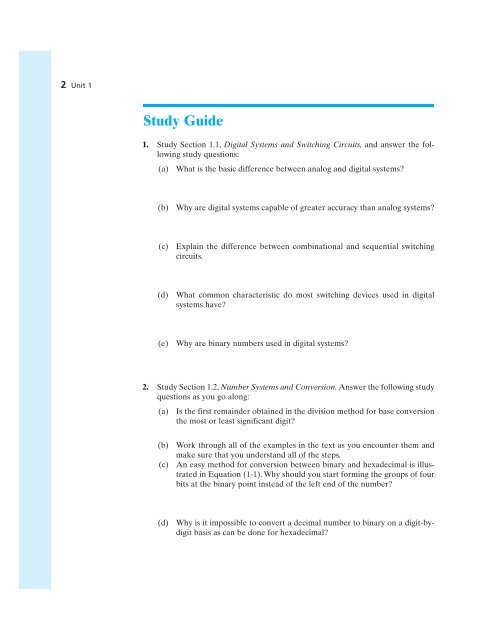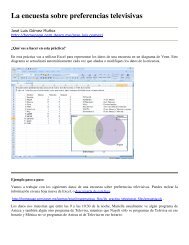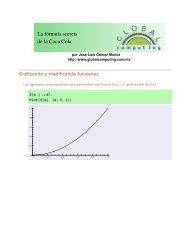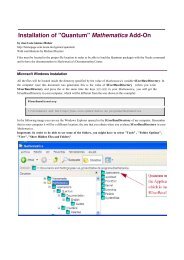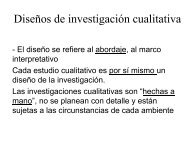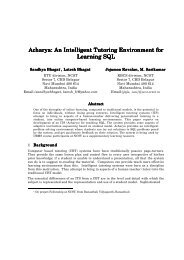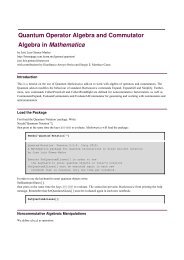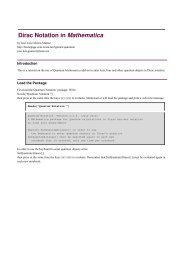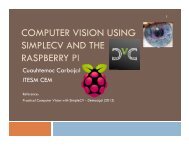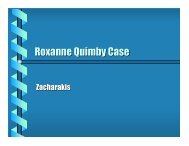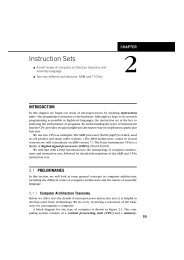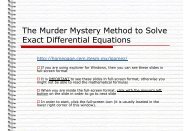Introduction Number Systems and Conversion
Introduction Number Systems and Conversion
Introduction Number Systems and Conversion
You also want an ePaper? Increase the reach of your titles
YUMPU automatically turns print PDFs into web optimized ePapers that Google loves.
2 Unit 1Study Guide1. Study Section 1.1, Digital <strong>Systems</strong> <strong>and</strong> Switching Circuits, <strong>and</strong> answer the followingstudy questions:(a) What is the basic difference between analog <strong>and</strong> digital systems?(b)Why are digital systems capable of greater accuracy than analog systems?(c)Explain the difference between combinational <strong>and</strong> sequential switchingcircuits.(d)What common characteristic do most switching devices used in digitalsystems have?(e)Why are binary numbers used in digital systems?2. Study Section 1.2, <strong>Number</strong> <strong>Systems</strong> <strong>and</strong> <strong>Conversion</strong>. Answer the following studyquestions as you go along:(a) Is the first remainder obtained in the division method for base conversionthe most or least significant digit?(b)(c)Work through all of the examples in the text as you encounter them <strong>and</strong>make sure that you underst<strong>and</strong> all of the steps.An easy method for conversion between binary <strong>and</strong> hexadecimal is illustratedin Equation (1-1). Why should you start forming the groups of fourbits at the binary point instead of the left end of the number?(d)Why is it impossible to convert a decimal number to binary on a digit-bydigitbasis as can be done for hexadecimal?


